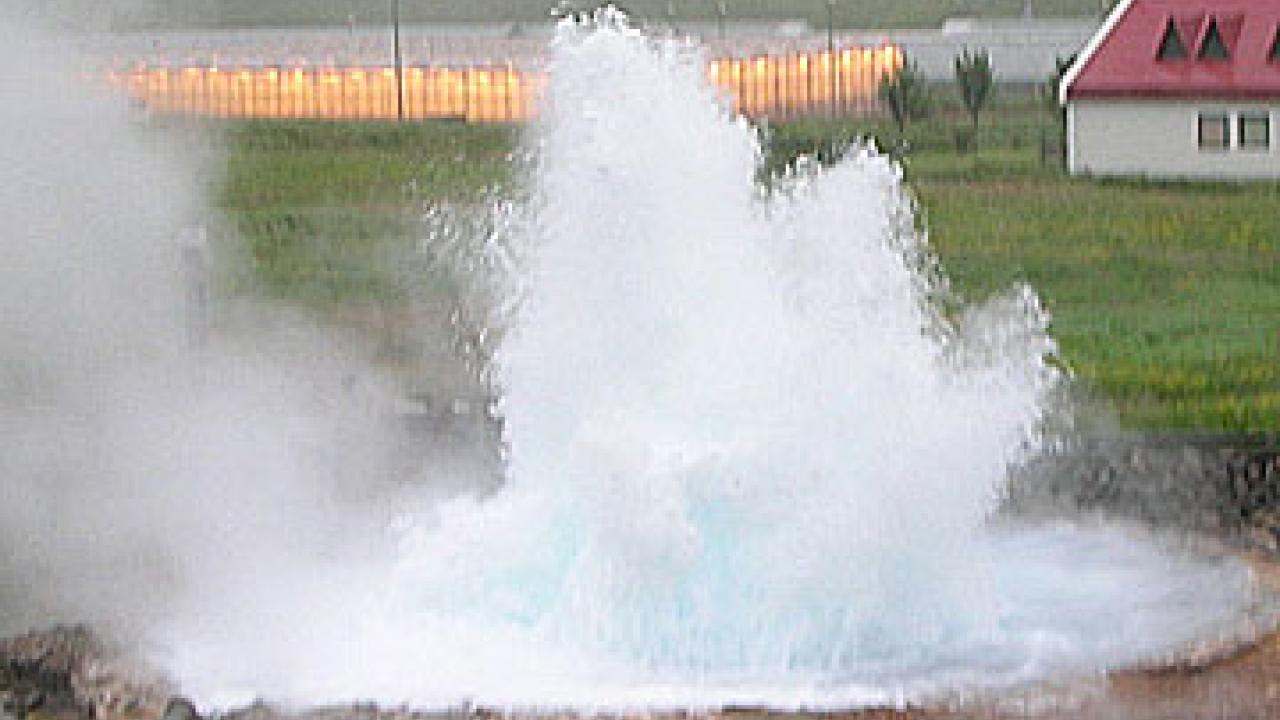Two UC Davis geologists are taking part in the Iceland Deep Drilling Project, an international effort to learn more about the potential of geothermal energy, or extracting heat from rocks.
Professors Peter Schiffman and Robert Zierenberg are working with Wilfred Elders, professor emeritus at UC Riverside, Dennis Bird at Stanford University and Mark Reed at the University of Oregon to study the chemistry that occurs at high pressures and temperatures two miles below Iceland.
"We hope to understand the process of heat transfer when water reacts with hot volcanic rocks and how that changes the chemistry of fluids circulating at depth," Zierenberg said. "We know very little about materials under these conditions."
The university team, funded by the National Science Foundation, will drill up to 4 kilometers, or 2.5 miles, into the rock. It will be one of three boreholes sunk as part of the Iceland Deep Drilling Project, which is supported largely by Icelandic power companies.
The island nation generates more than half of its electrical power from geothermal energy. Hot water and steam from boreholes can be used to run turbines for electricity or directly to heat homes and businesses. Iceland meets the rest of its electricity needs from hydroelectric power, and imports fossil fuels only for transportation.
The U.S. has lots of potential for geothermal energy generation, Zierenberg said. There are several plants in California, including the Geysers region in the north and at Mammoth Lakes. Although its share of energy generation in the state is small, the Geysers is the largest geothermal field in the world, Zierenberg said. There are also numerous abandoned oil and gas boreholes around the country -- including in the Central Valley -- that could potentially access hot water that could be used for space heating.
That would, however, require something of a cultural change. In Iceland, geothermal heating is used at a community level: hot water is pumped up and circulated around a town or neighborhood. Americans are more accustomed to individual power delivery, Zierenberg said.
The team expects to begin drilling in the summer of 2008.
Media Resources
Andy Fell, Research news (emphasis: biological and physical sciences, and engineering), 530-752-4533, ahfell@ucdavis.edu
Robert Zierenberg, Geology, (530) 752-1863, zierenberg@geology.ucdavis.edu
